15th C. Child Armor (88111)
Child Armor, on stand
provenance: Germany, estate sale
Condition: good
specs: 38″ x 5″ 616 grams
Procured from an estate sale in Germany, this remnant of a suit of armor is forged in a child’s size, showcasing the skill of the armorer involved.
What remains of this suit of armor is the arm harness, consisting of the rerebrace, couter, and vambrace. The rerebrace is the shortest piece and would cover the upper arm and would be overlapped by the pauldron. While none of the leather strapping survived on the rerebrace, the buckle remains and would be in working condition if a strap were attached. The hinges on the vambrace (which would cover the child’s forearm) are functional and will allow for the vambrace to be opened. All rivets remain as intended. The wear of this antique is even and mild on the exterior, though the interior has more significant rusting.
The design and etching of the piece is partially obscured by the deep and even patina, but is visible in places. The edges of both the rerebrace and the vambrace are “roped” in the style of many Maximilian pieces, though the couter lacks the associated fluting. Slight etching, ringing the forearm in two places, is visible on the vambrace. The décor and aging of the piece make a 15th century origin most likely. The entire piece is 38″ in length when extended, and may have belonged to a child as young as 7 years old. The weight of this piece is 616 grams.
The child armor piece comes with a stand and would be an attractive conversation piece on a side table or in an entry hall.
USD900.00
1 in stock



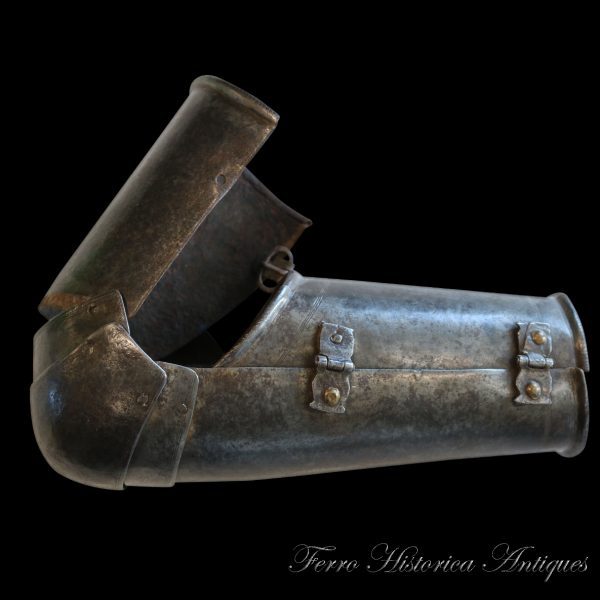
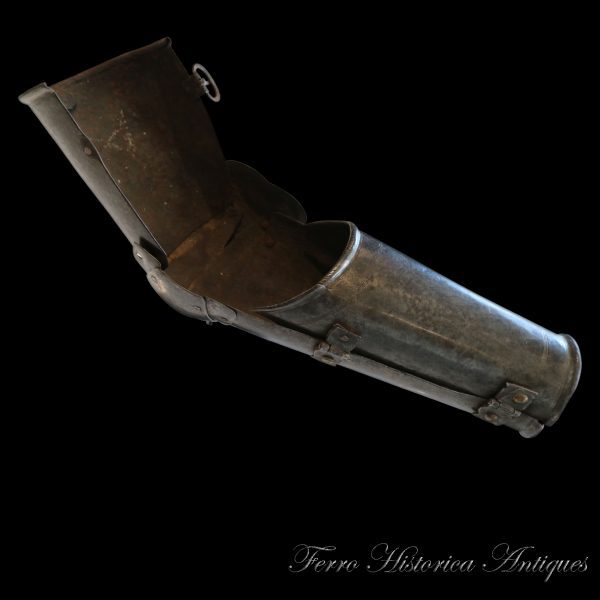
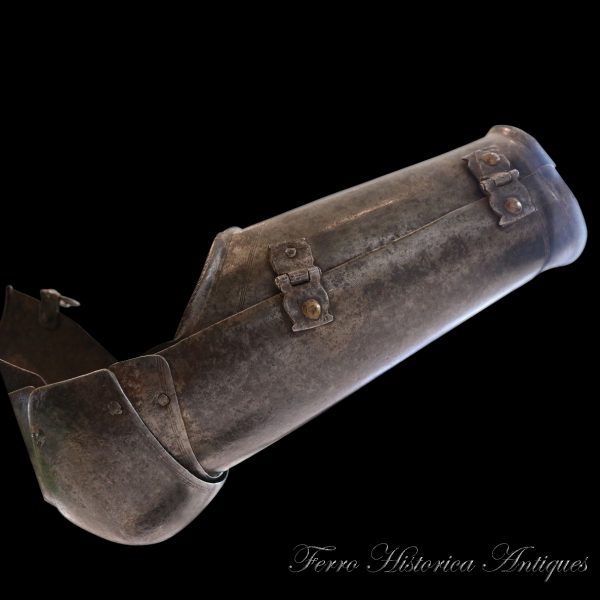
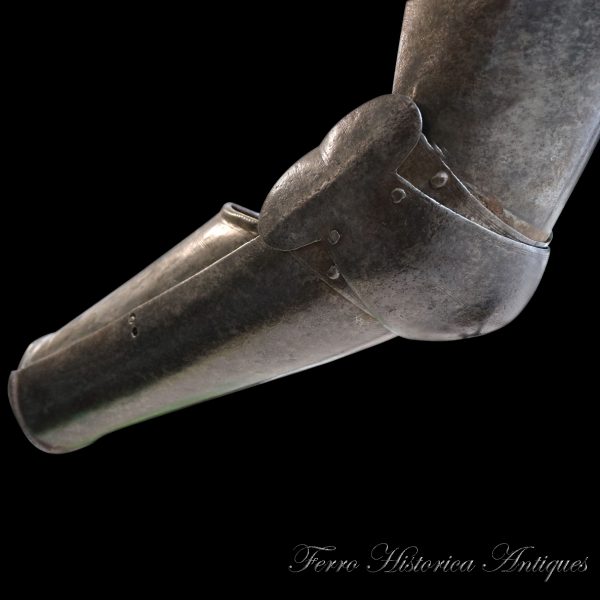
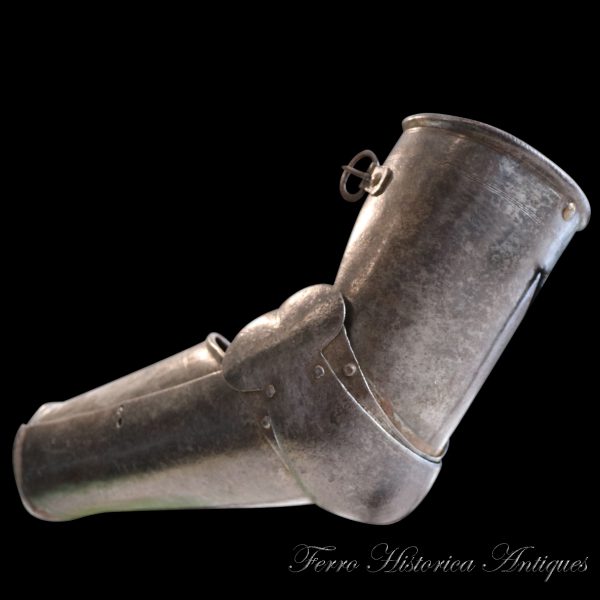
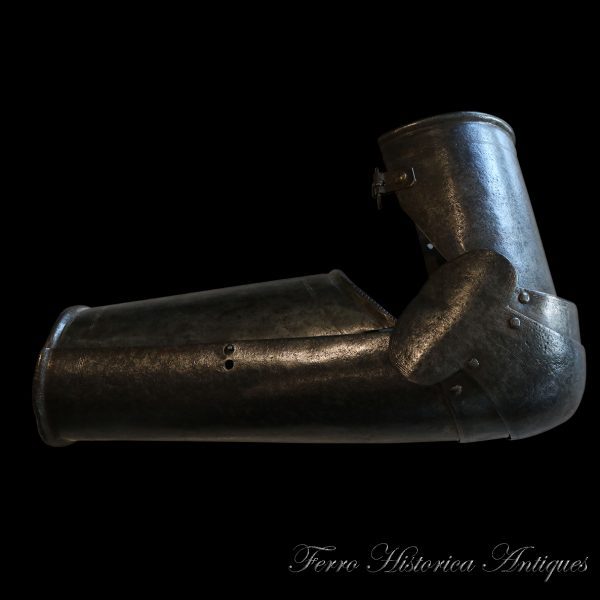
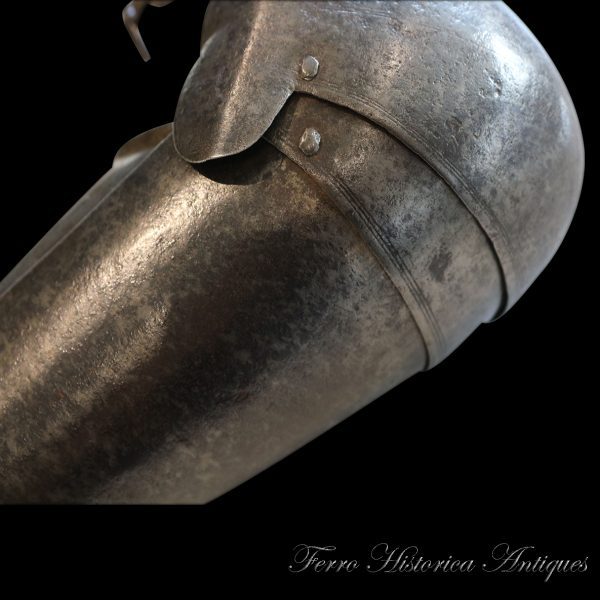
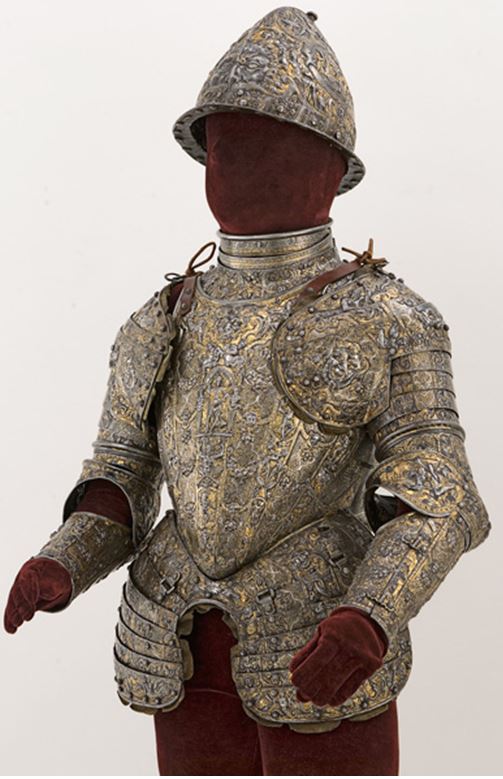
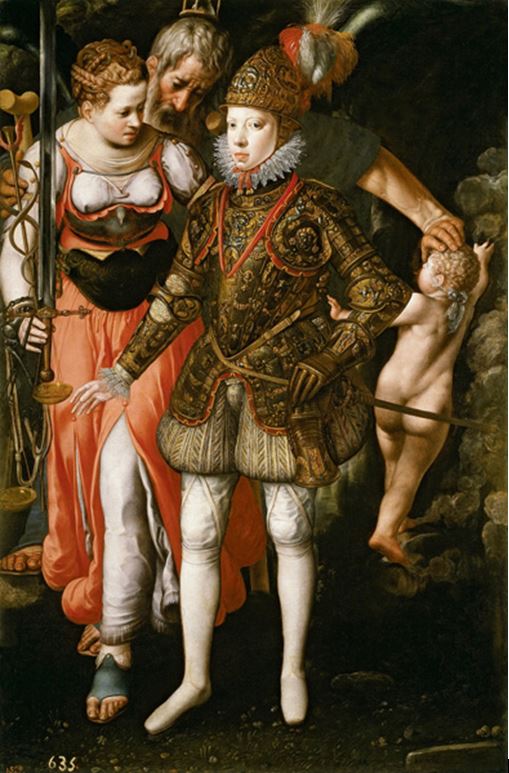 Another reason for the practice was political. Nobles and monarchs had a vested interest in maintaining the public’s belief in their fundamental and hereditary right to rule, and this included preparing the public to be ruled by the next generation. Many children of monarchs and other nobility were given suits of armor and displayed publicly in order to establish both legitimacy and continuity with the previous generation. For instance, as a child Philip III of Spain was gifted incredibly beautiful gilded armor by his father Philip II, and was painted wearing this armor into scenes surrounded by powerful historical and allegorical figures.
Another reason for the practice was political. Nobles and monarchs had a vested interest in maintaining the public’s belief in their fundamental and hereditary right to rule, and this included preparing the public to be ruled by the next generation. Many children of monarchs and other nobility were given suits of armor and displayed publicly in order to establish both legitimacy and continuity with the previous generation. For instance, as a child Philip III of Spain was gifted incredibly beautiful gilded armor by his father Philip II, and was painted wearing this armor into scenes surrounded by powerful historical and allegorical figures.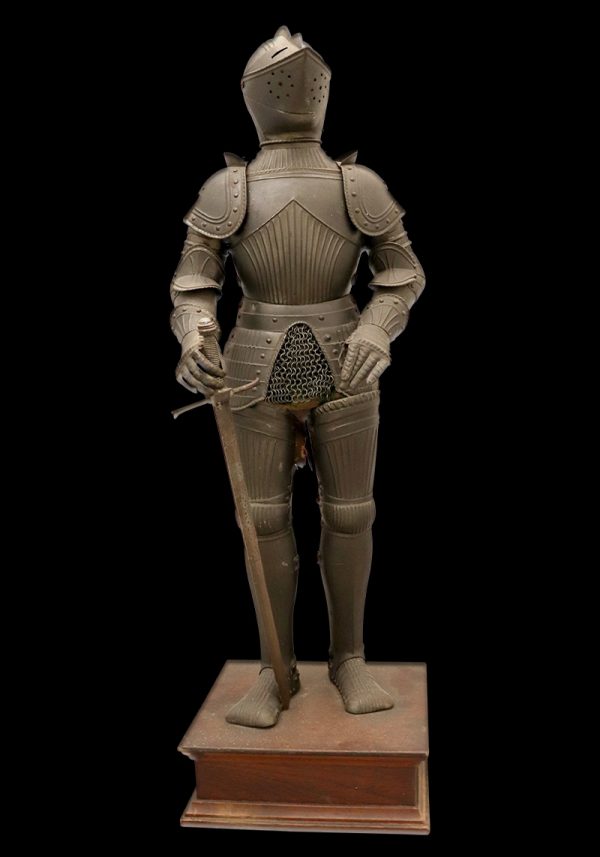
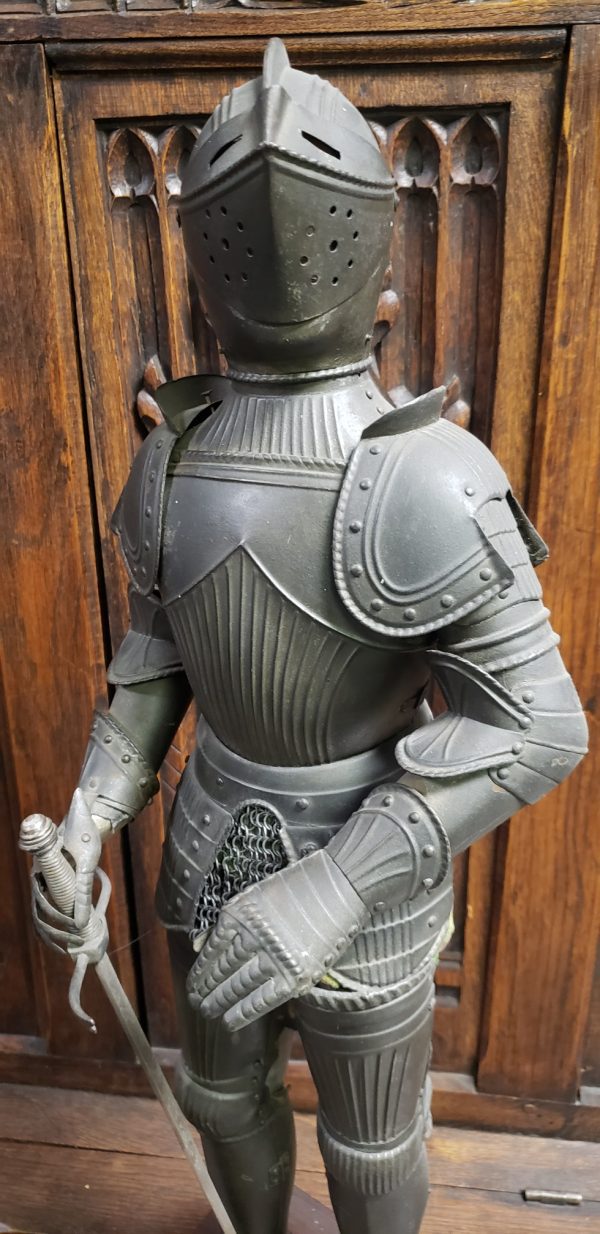
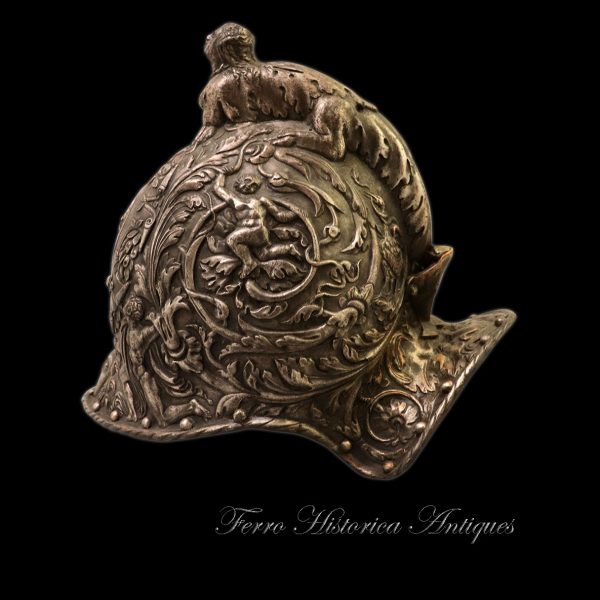
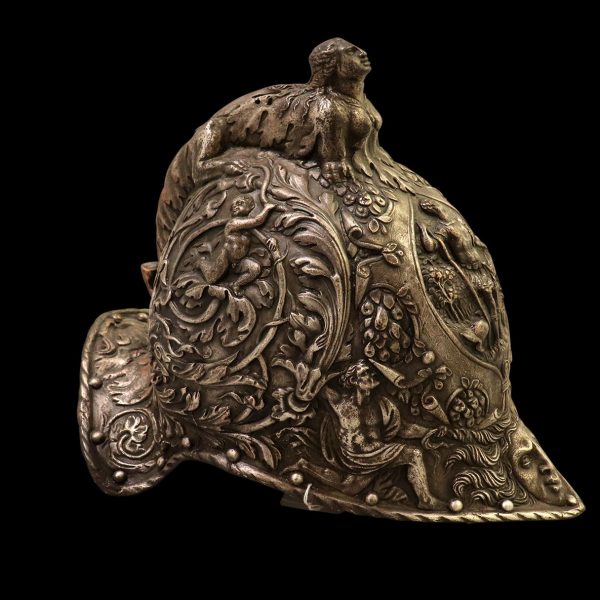
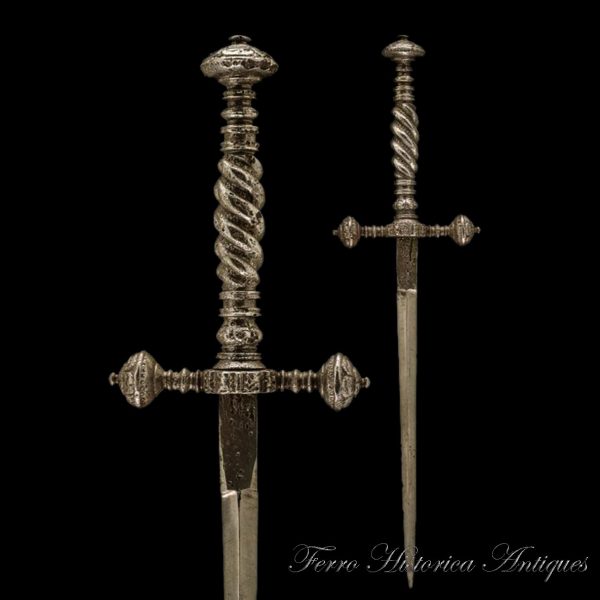
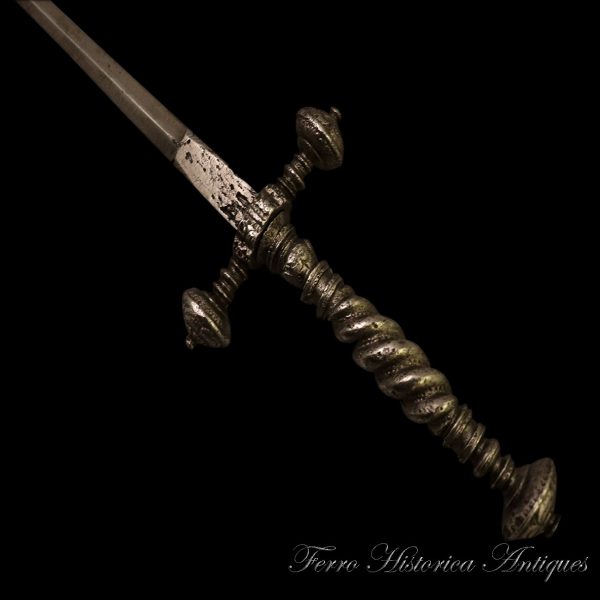
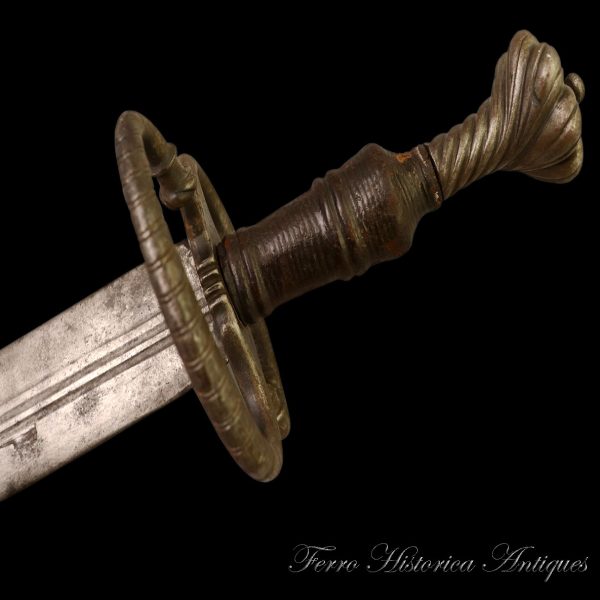
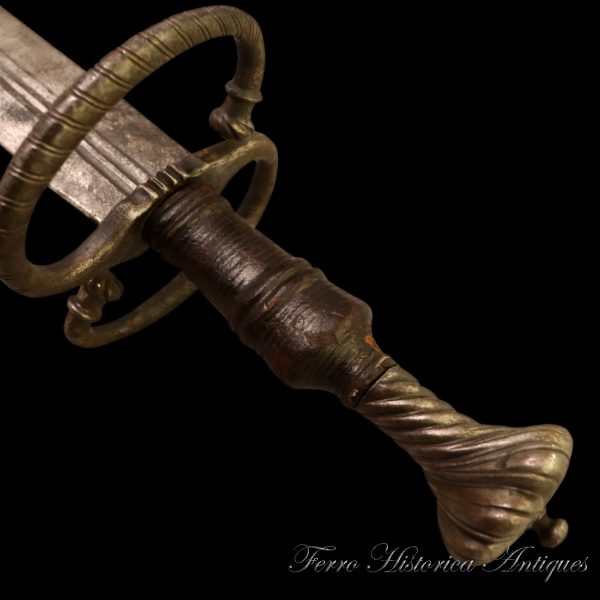
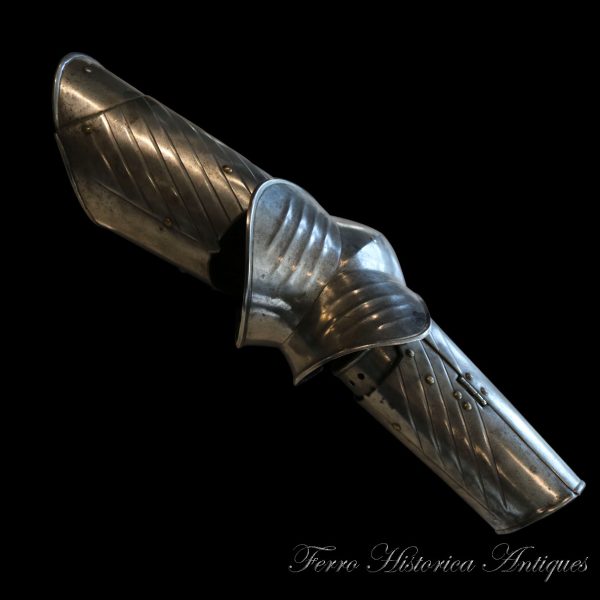
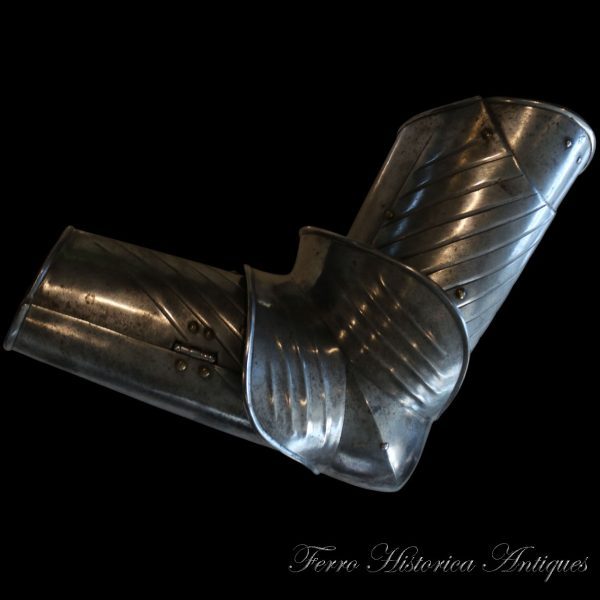
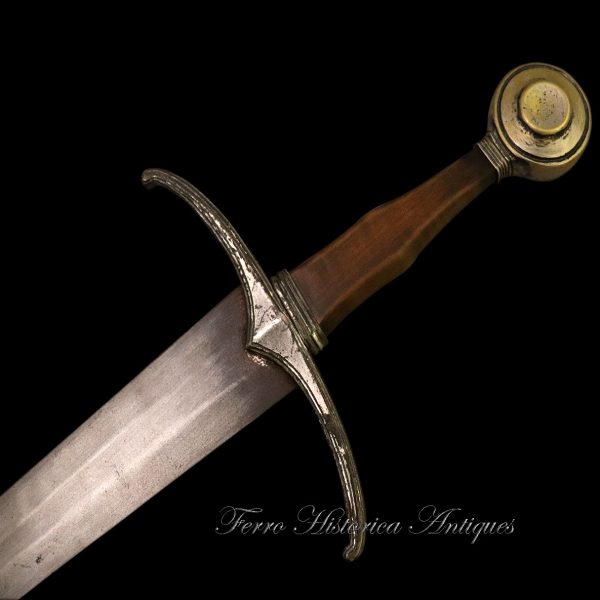
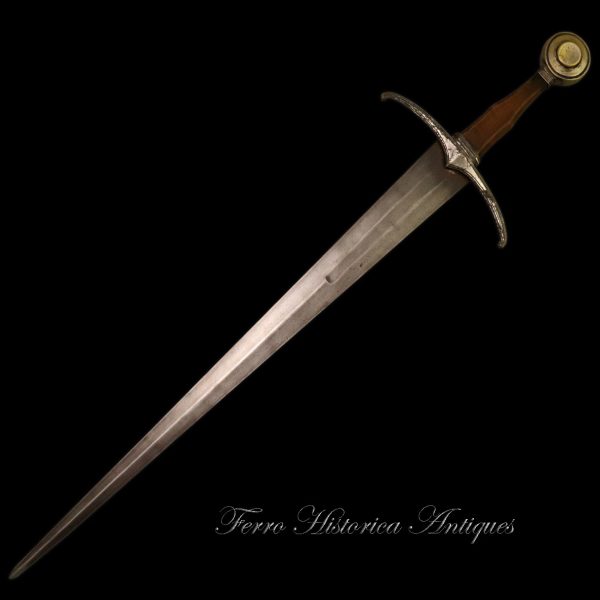
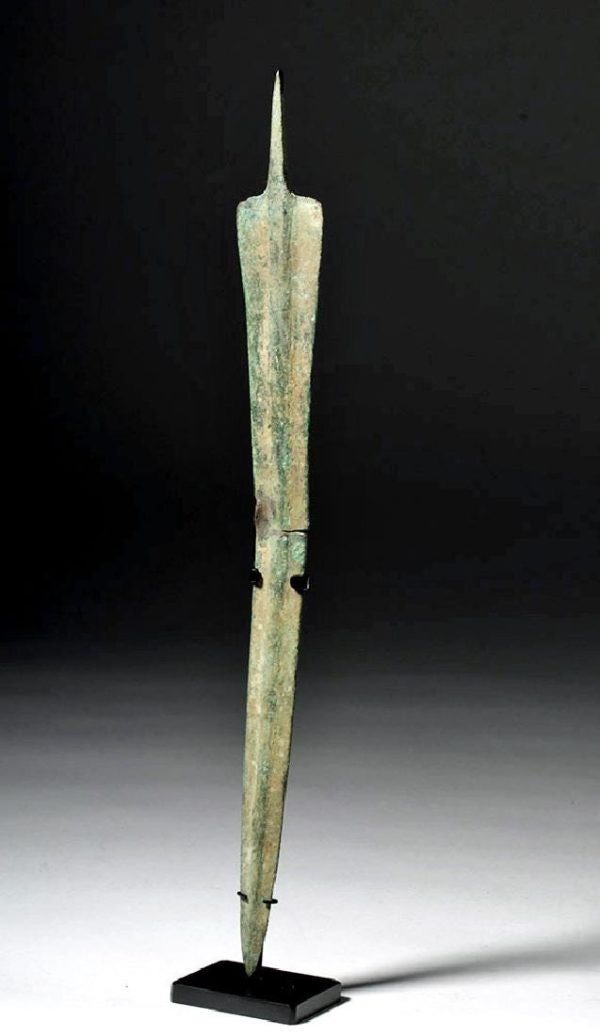
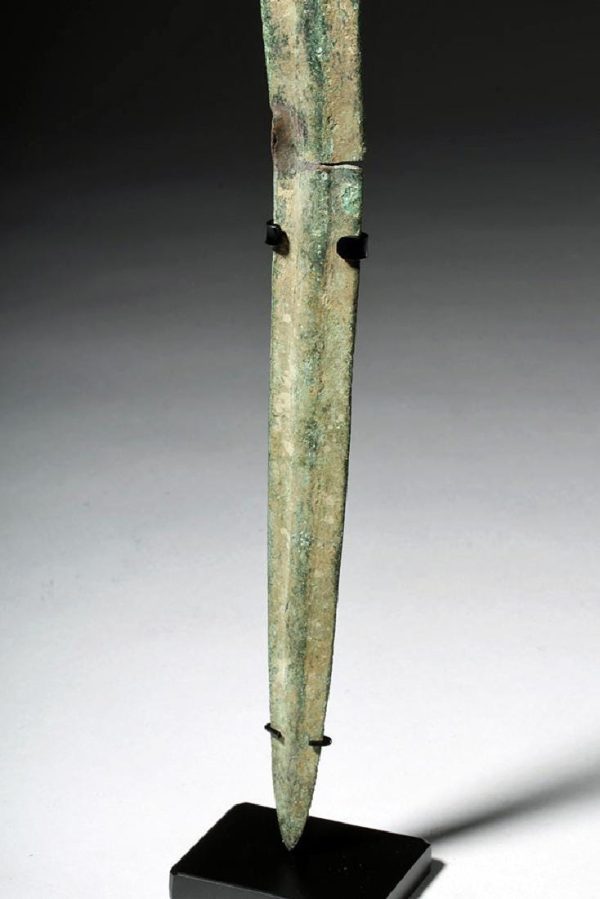
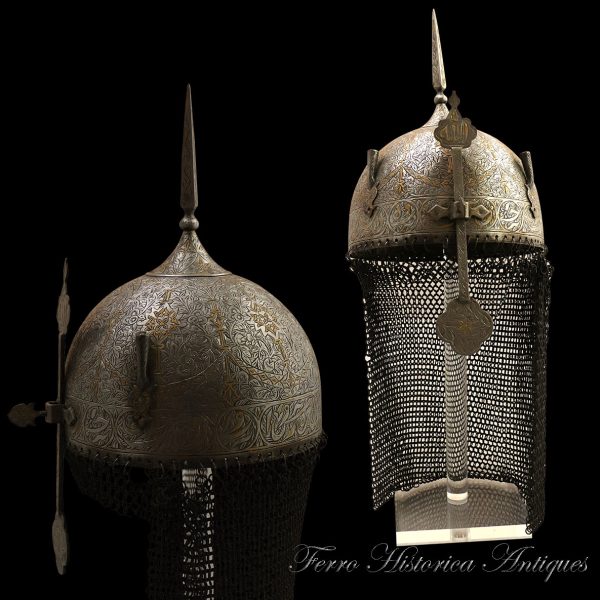
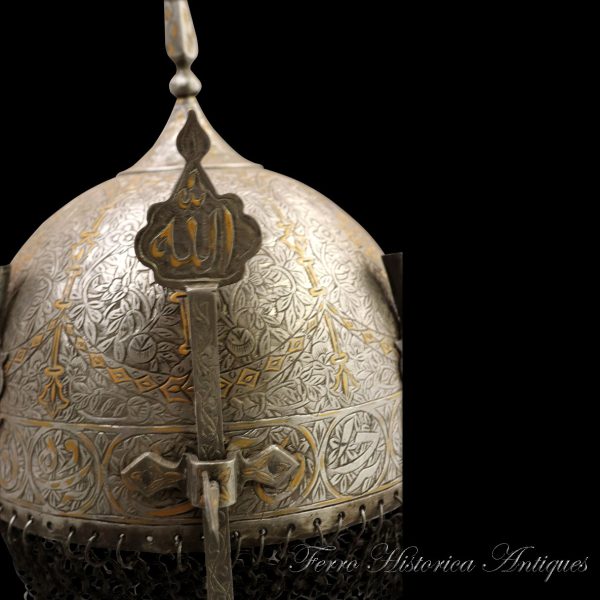
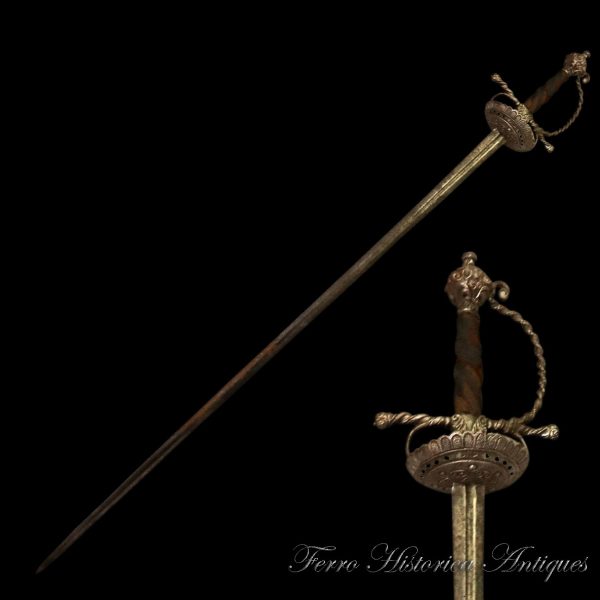
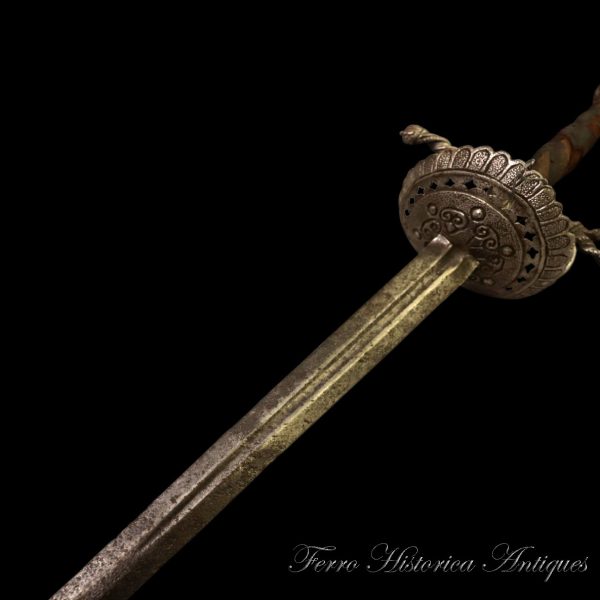
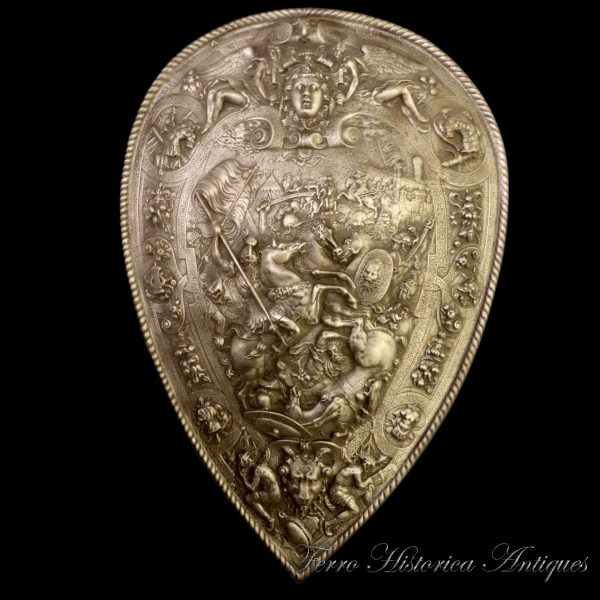
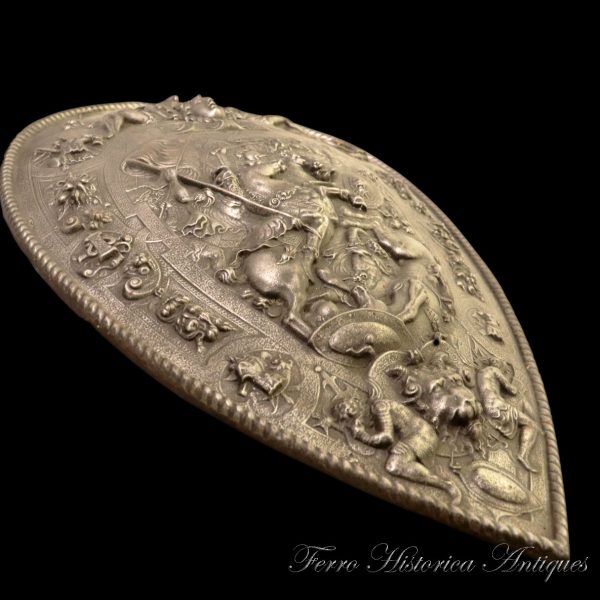
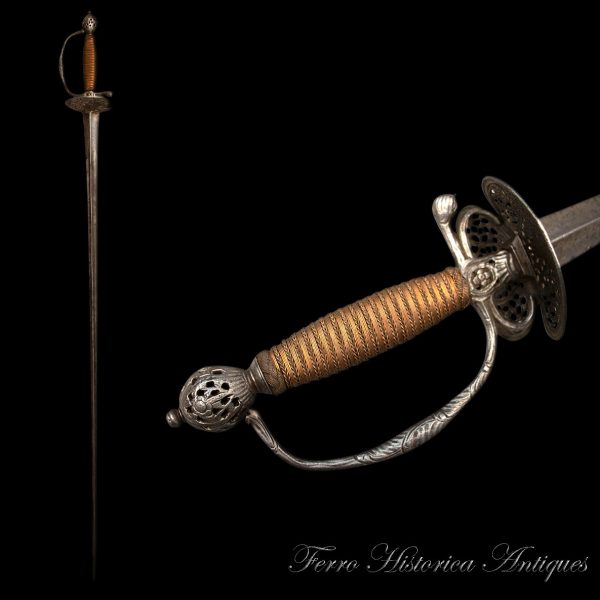
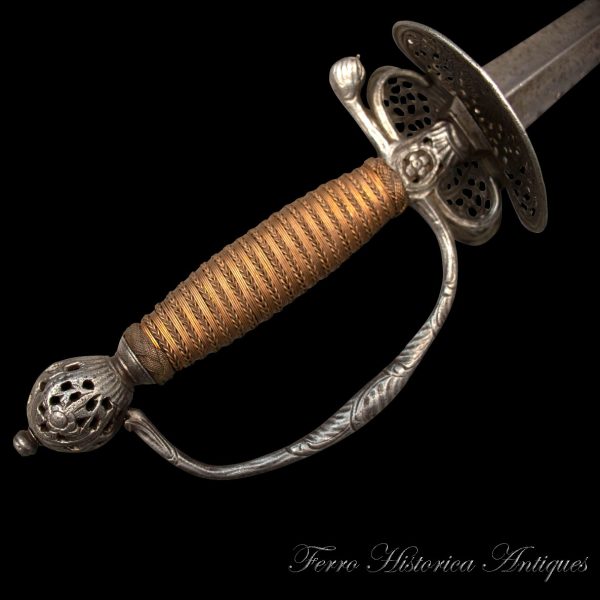
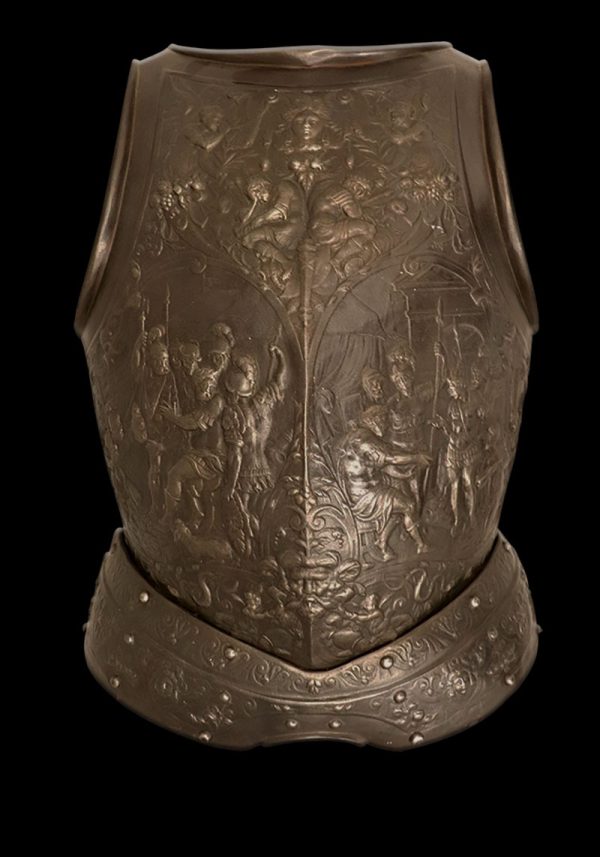
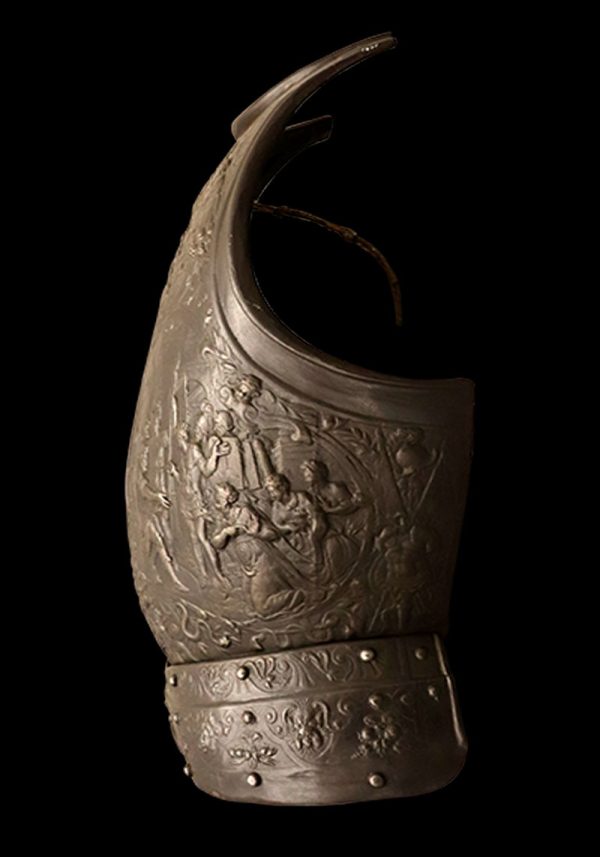
Reviews
There are no reviews yet.